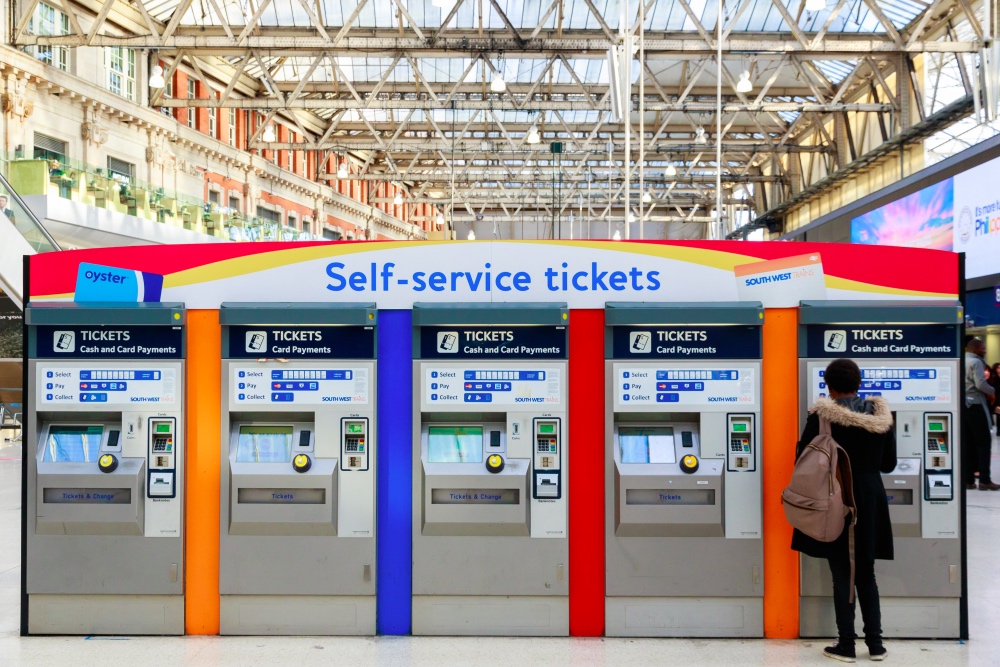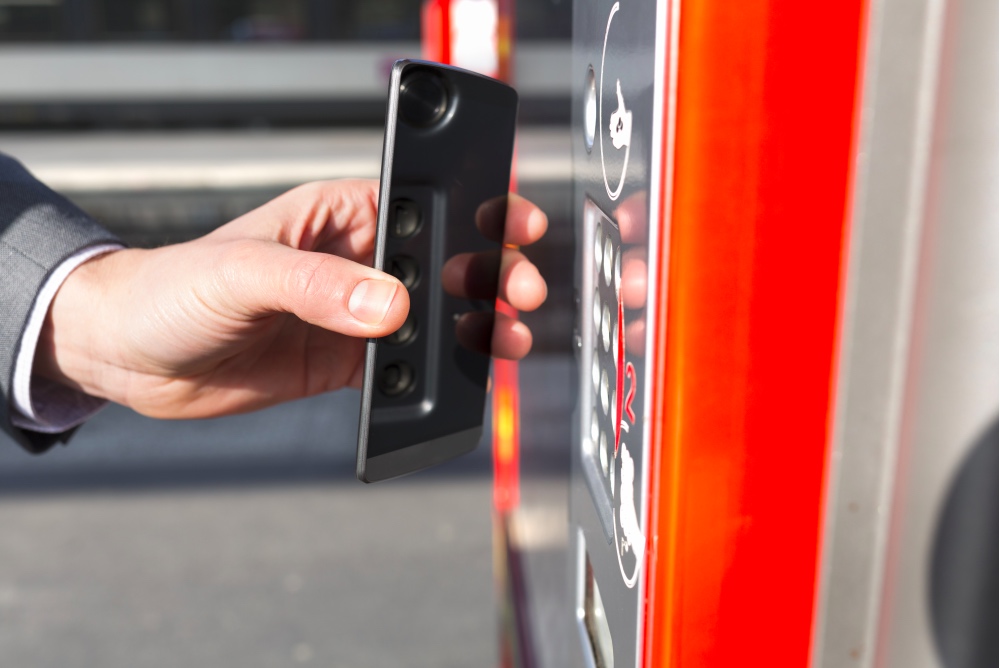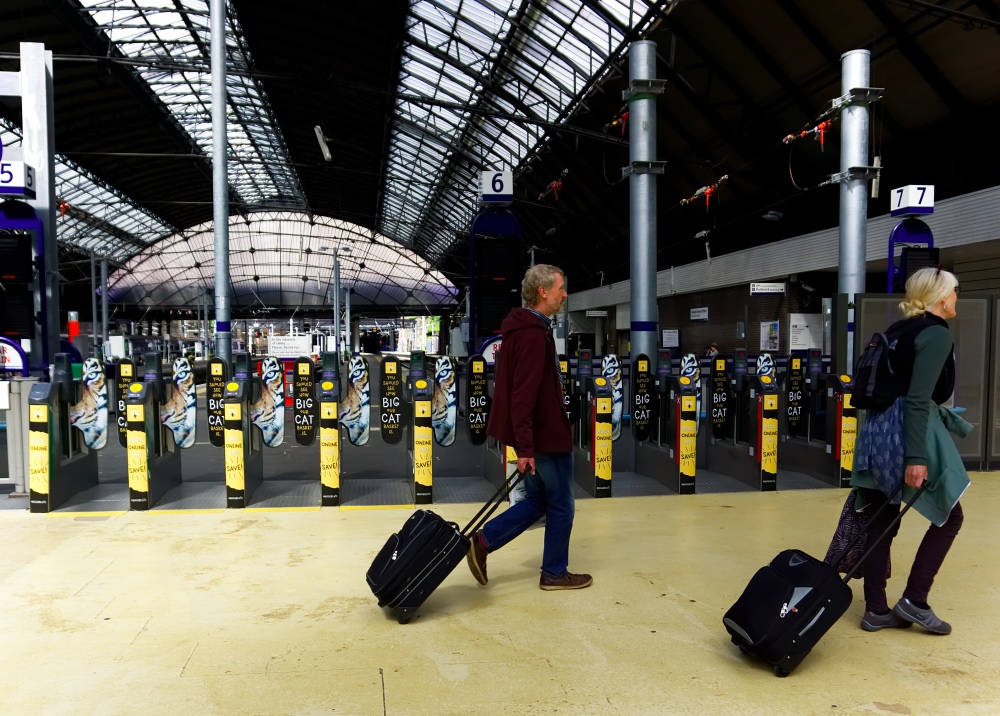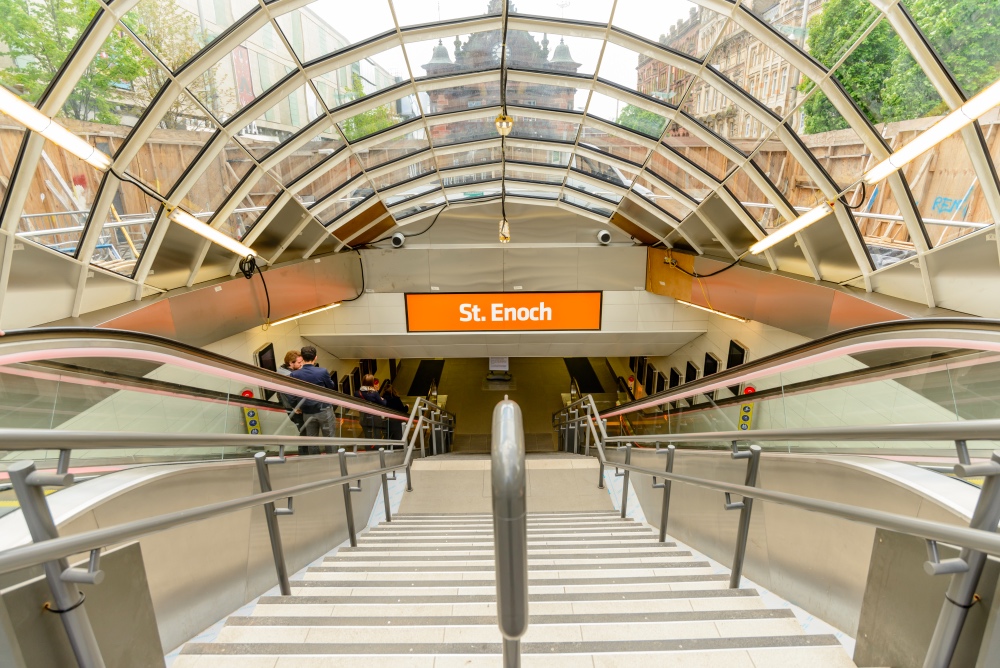In many big cities like London, New York, and Seoul, rapid transit is an essential part of everyday life. As many as five million passengers use the London Underground every day. In the United States, public transport ridership rose 34% from 1995-2012. Services such as the London Underground and the New York Subway are upgrading their ticketing systems to stay current with new transport technology and the needs of a larger ridership.

With significantly more people becoming dependent on rapid transit, transport authorities are steadily phasing out paper tickets and tokens in favor of alternative ticket solutions, such as smart cards, contactless pay cards, and even mobile phone apps.
Letting Go of Paper
Issues created by paper tickets and tokens include regularly queuing to purchase a ticket or holding up a gate while producing said ticket or token. Even smart card technology, such as London’s Oyster Card is susceptible to both issues, such as queuing up to top up one’s card or failing to produce the card at the gate in a timely manner. Moreover, having a physical smart card adds to already crowded wallet space. That said, as of September, 2017, the Oyster Card now has a companion app for iOS and Android that allows users to top-up their card remotely and check balance information.

The incentive to travel without cash or paper includes lower prices, and in the Oyster Card’s case, a cap where by the user is charged no more than the equivalent Day Travelcard price, provided no penalties are incurred. According to a PWC whitepaper on smart ticketing, 75% of bus riders and 66% of train riders surveyed would be more encouraged to travel by bus and train if financial incentive was offered. Research indicates that more passengers would be willing to adopt smart ticketing solutions if it saved them money, such as a fare cap system that charges the best price possible for a journey, or a loyalty point system for frequent journeys.
Only 45% of respondents would continue to use paper tickets, and 29% would continue to use physical smart cards. Yet, only 2% would continue to use smartphones and 3% would continue to use contactless payment cards. The PWC paper surmised that while there is a market and a demand for “next-generation” smart ticketing (e.g.: contactless payment cards and virtual smart tickets on smartphones), a demand simply left alone to consumer behavior would lead to a slow and incremental shift towards smart ticketing.

Thus, the paper went on to advise that if transit authorities and technology companies want to see widespread adoption of smart ticketing technology, they will have to actively engage in creating more incentives for the consumer. Price is a major factor in incentivizing consumers to adopt smart ticketing, and that a commitment to offering the lowest possible fare would have a major impact on adoption trends.
Rambus’ Approach to Smart Ticketing
In January, 2017, the Strathclyde Partnership for Transport (SPT), the transit authority in charge of the Glasgow Subway, the third oldest rapid transit system behind only London and Budapest, announced a pilot program utilizing a Host Card Emulation (HCE) suite developed by Rambus’ smart ticketing group. The solution is being delivered by Nevis Technologies, a public-private joint venture between Rambus and SPT.
HCE technology utilizes a virtual version of a smart card, allowing a Near Field Communication (NFC)-enabled smartphone to act as a contactless smartcard. Russell McCullagh, managing director of Rambus’ smart ticketing group, notes that since smartphones have become an essential, indispensable part of everyday life, HCE technology will provide a shopper-friendly experience to access transport as travelers can self-serve, saving valuable time by not having to queue to pay for or collect tickets.

The advantages offered by Rambus’ HCE smart ticketing solution include saving transport operators costs on issuing and managing physical tickets, while utilizing pre-existing smart infrastructure deployed across most of the UK. Through the HCE ticketing app, users can choose, purchase, and download virtual travel tickets onto their devices and, just like a physical smart card, tap said devices against the gate sensors to open them. In the future, Rambus plans on expanding its platform to include features such as account-based ticketing, journey planning, real-time updates, as well as third-party add-ons.
On September, 2017, Rambus Ecebs’ HCE ticketing solution won the “Best Ticketing Solution” award by Juniper Research in its 2017 Digital Award for Commerce and Fintech.
The Future of Smart Ticketing
Rapid transit plays a major role in the day-to-day lives of most people. Therefore, streamlining the ticketing experience and reducing friction, such as long ticket queues and someone holding up a queue at a gate, should be a priority for transit authorities and technology companies.

While there is a demand for smart ticketing solutions, it is a demand that requires encouragement with incentives, such as lower prices and ease of use. Only time will tell how quickly the market for mobile ticketing will expand, but with technology such as HCE, the future of smart ticketing, and rapid transit in general, is looking very bright.

